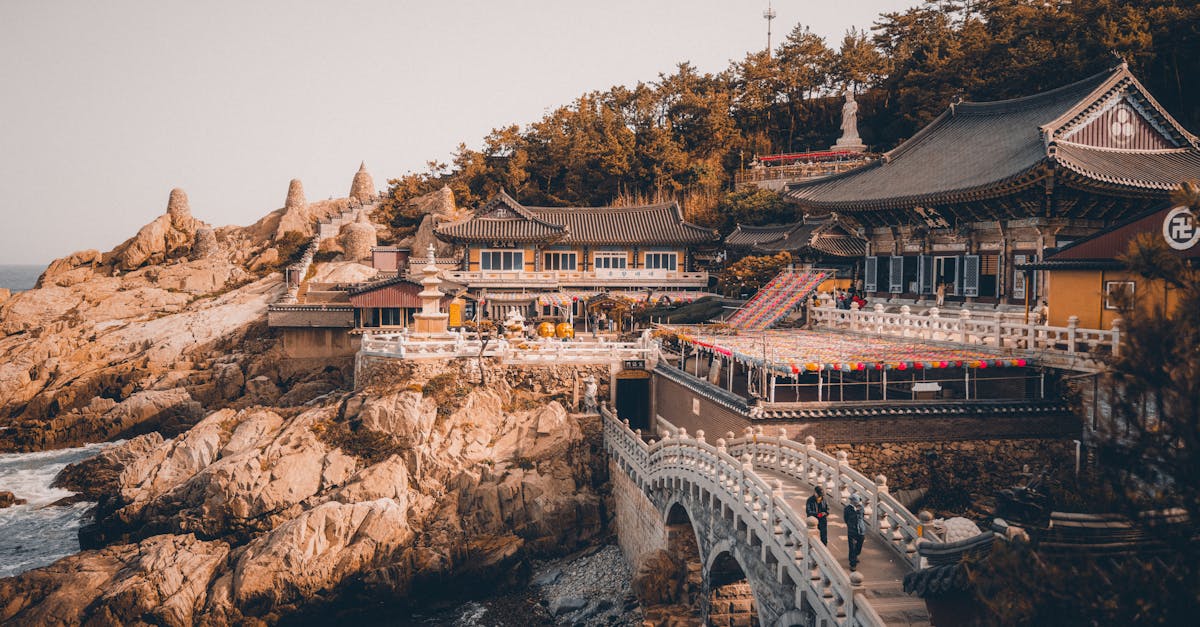|
IN BRIEF
|
In an azure setting off the African coast, the Canary Islands reveal themselves like a waking dream, inviting souls in search of escape to discover their secrets. Eight inhabited jewels are scattered among a treacherous ocean, each corner concealing a unique beauty, volcanic landscapes of Lanzarote to the golden beaches of Fuerteventura. But while the world tells us about the wonders of these lands, a doubt persists: the earthly paradise does it really exist? Let’s dive together into this poetic quest, in search of those suspended moments where nature and spirit harmonize, revealing bursts of wonder and serenity. Between history, culture and environmental protection, these islands question us about the very essence of happiness and the impact of tourism on their wild beauty.
When we talk about the Canary Islands, these lost jewels off the African coast, the mind escapes to an imagination of golden beaches, of volcanic landscapes and of breathtaking sunsets. But behind this idyllic picture lies a complex reality. This article takes you into the heart of this fascinating archipelago, to discover if these eight inhabited islands truly constitute a earthly paradise or if shadows remain under this radiant sun.
The wonders of the islands
The Canary Islands, recognized for their natural diversity, are the result of a tumultuous geological history. These lands, having emerged from the depths of the ocean, are today a biodiversity sanctuary breathtaking. Each island has its own character: Lanzarote with its lunar landscapes, Fuerteventura and its endless beaches, Gran Canaria in the heart of green nature and La Graciosa, the most secret of the Canary Islands. For the dream getaway, these islands offer many surprises and unforgettable adventures.
A preserved nature
Gentle hills, dizzying cliffs and beaches bathed in the shade of palm trees… The Canary Islands are like a painter’s palette, where colors mix to create landscapes of a unparalleled beauty. Their national parks, such as Teide in Tenerife or the Garajonay Park in La Gomera, reveal biophilic treasures, from ancient forests to impressive volcanic formations. These jewels of nature make the Canary Islands a paradise for hiking lovers and who yearn for adventure.
Tourism in full expansion
However, the fame of the Canaries is accompanied by a constant influx of visitors. From the realization of mass tourism to a thriving industry, the human landscape of this archipelago is evolving rapidly. Hotel complexes pile up along the coasts, while the gaps in wilderness shrink visibly. Local traditions and culture are sometimes put aside to meet the expectations of tourists, raising the question of the sustainability of this thriving economy.
Tourism challenges
This awareness opened the way to deeper reflections. A local organization has even warned of a potential social and ecological collapse under the pressure of mass tourism. Local communities fight to preserve their heritage, while welcoming sun-seeking visitors. Do the Canary Islands still offer a real respite space or have they become a simple emblem of a tourism industry subject to consumption?
The charm of lesser-known islands
For those looking to escape the crowds, less touristy islands like La Gomera or El Hierro have a authentic experience. These offer a sumptuous natural setting, far from the beaten track. The preserved landscapes, the living traditions of the inhabitants and the ambient tranquility clash with the excitement of traditional tourism, allowing us to rediscover the very meaning of travel: that of discovery and escape.
The Canaries, a balance to find
In short, the Canary Islands find themselves at a crossroads between a leisure paradise and a hotbed of socio-environmental challenges. The desire to preserve their essence while responding to recent tourist attraction remains a path to be marked out. Ultimately, does paradise on earth really exist? The answer lies in how we choose to explore and interact with these enchanting lands.
To learn more about the practical aspects of the Canary Islands and their climate, consulting expert recommendations can be very useful: When to go and which island to choose?. A trip to the Canary Islands can immerse you in postcard landscapes, enriched by infinite natural and cultural diversity.
Come and discover the wild charm of this archipelago and let the magic of the events surprise you: a trip off the beaten track can open the doors to an incredible experience, redefining what we claim to know about happiness through travel.
| Appearance | Reality of the Canary Islands |
| Sunshine | An exceptional climate that attracts travelers in search of light. |
| Natural sanctuary | Seven islands, each with varied landscapes, preserved as biosphere reserves. |
| Mass tourism | An industry that brings both prosperity and ecological challenges. |
| Cultural authenticity | Traditions and living heritage, but sometimes threatened by tourism. |
| Outdoor activities | Hikes, beaches and water sports for adventure lovers. |
| Social life | Local communities are struggling with the effects of tourism on their daily lives. |
| Natural aesthetics | Breathtaking landscapes, volcanoes, and golden beaches. A beauty to explore. |
| Seasons | A mild climate all year round, ideal for getting away from it all at any time. |
| Geographic proximity | Easy access from Europe, but beauty can be deceiving. |
- Must-see destinations: Lanzarote, La Graciosa, Fuerteventura, Gran Canaria
- Natural wonder: Volcanic landscapes, golden sand beaches
- Ideal climate: Generous sunshine, mild temperatures throughout the year
- Cultural wealth: Fascinating history, living local traditions
- Various activities: Hiking, surfing, marine exploration
- Unique biodiversity: Biosphere reserves, exceptional fauna and flora
- Responsible tourism: Initiatives to protect the environment and local communities
- Less touristy islands: La Gomera, El Hierro for a wild escape




